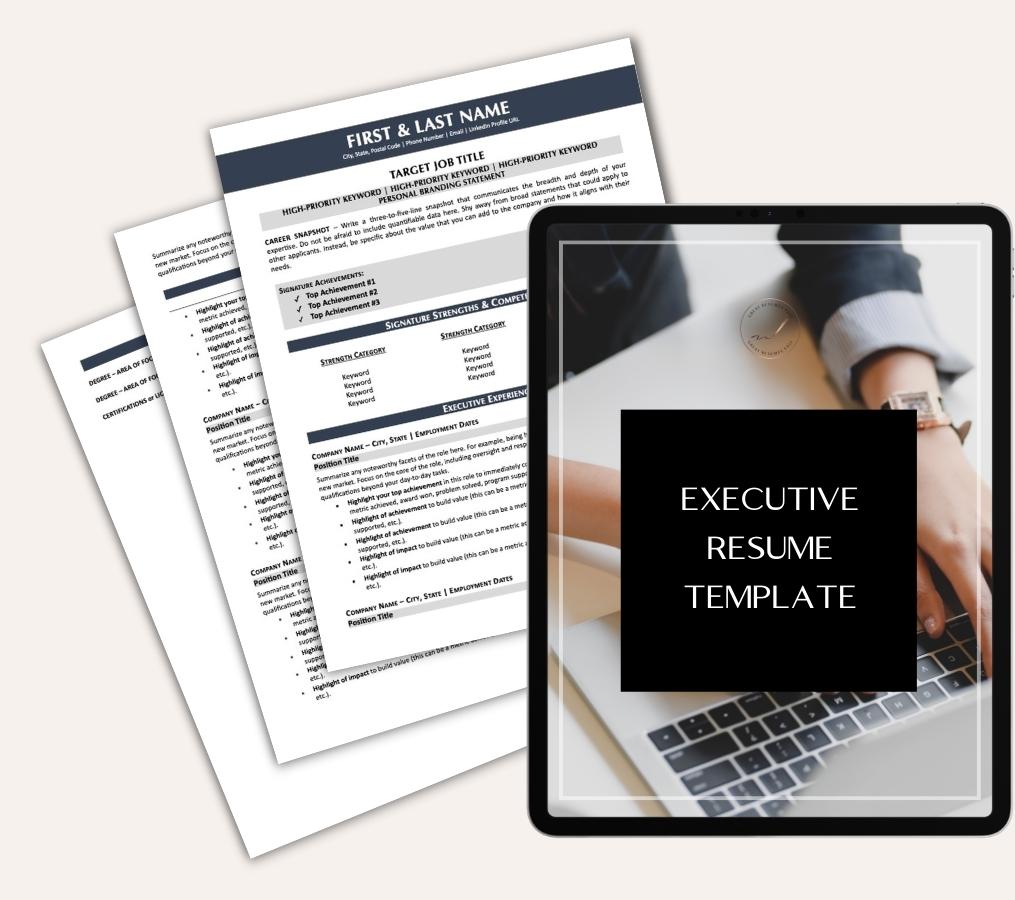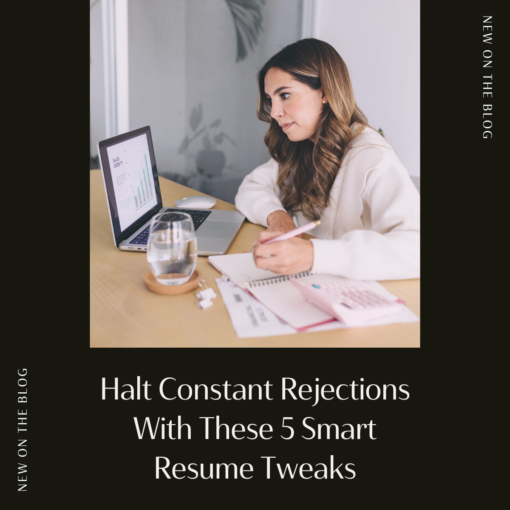How to Write an Elevator Pitch for Job Seekers
Preparing to write an elevator pitch is essential for your job search and for interviews as it is a quick introduction that conveys what you do, how you add value, and what you’re focused on next.

Do you ever have someone ask what you do and you’re not quite sure how to explain it, really? Or, maybe you give them a position title but it doesn’t really do justice to what you do every day or the direction you want to take your career. Explaining what you do isn’t just for small talk or networking, two situations where we’re most often asked what we do. Having an elevator pitch prepared is essential for your job search and for interviews.
I’m answering all of your elevator pitch questions and providing you with a template to create your own elevator pitch as well as examples to help you get started. By the end of this article, you’ll be ready to write and share your elevator pitch during your job search.
Why Is an Elevator Pitch Important?
Your elevator pitch is a quick introduction that conveys what you do, how you add value, and—if you’re job searching—what you’re focused on next. This is the key ingredient to your elevator pitch when you’re a job seeker. It’s also the most overlooked.
An elevator pitch is important because it is part of the first impression you make on a new network contact or on the employer/interviewer. It’s crucial to prepare and practice so that it’s conveyed concisely and confidently. It’s a 30-second gateway to furthering your relationship with either that new connection or that potential employer—you have to get it right.
I struggled with this question for years. Even though I know all these strategies, sometimes I get caught off guard when someone asks, and I respond with “I run an executive resume writing service.” And then they look at me funny and ask what that is.
I recently revamped my elevator pitch to better reflect my company’s mission and my personal mission. If you’re an entrepreneur or small business owner you may want to consider going that route. But today, I’m discussing elevator pitches for job seekers.
What Should You Include in an Elevator Pitch?
One of the biggest mistakes I see job seekers make when sharing their elevator pitch is they go all the way back to the beginning of their career history and they tell their whole bio. That’s not necessary and it’s not what the employer (or your network contact) is expecting when they ask “What do you do?” or “Tell me about yourself.”
Creating your elevator pitch can be as simple as 1, 2, 3:
1 – Give them your current position title.
2 – Share three strengths or three areas where you add value.
3 – Let them know what you want to do next.
Number three is incredibly important when you’re networking as a job seeker. You want to tell your contact the industries, companies, or positions you’re exploring so they know how to help you.
In an interview, you want to share what you’re excited about next and why. It explains your interest in the role and—if you craft it just right—why you’re the best fit for the company and position.
I interviewed a candidate recently and when I asked her to tell me a little about herself I received a 15-minute response that detailed all of her jobs since she first started working. It’s not terrible to share career progression, but if you go that route share the highlight reel instead of the full-length movie.
How Long Is an Elevator Pitch?
An elevator pitch does not need to be long. When I ask candidates in the interview to tell me about themselves, I usually get two types of responses. Either I’ll hear a 20-minute dissertation and the person’s whole life story including personal details (like the example above), or I’ll get a concise summary of the candidate’s professional history—much like a resume’s career summary.
I strongly recommend preparing and practicing your elevator pitch in advance and using it in an interview as your response to the question that you’re virtually guaranteed to be asked: “Tell me about yourself.”
Your elevator speech should be about 30-45 seconds in networking situations and a minute to a minute and a half in an interview where you may need to go into a bit more detail to convey your value and background.
When Do You Use an Elevator Pitch?
People don’t often think about taking their elevator pitch into the interview, but as I mentioned your elevator pitch is the perfect answer to the interview question, “So tell me about yourself.”
You can also use your elevator pitch when meeting new people, at networking events, or when reaching out to request an informational interview. I also like to use elevator pitches when I’m introducing myself to someone I’ve been referred to. Let’s say that someone in your network is connected to an employee at your target company and wants to make an introduction. You could use the elevator pitch template to introduce yourself via email or in a quick call. Here’s an example of something I might say:
“Hi, I’m Jessica Hernandez, and I was referred to you by Suzanne Mitchell. She mentioned you might be a great person to speak to. I’m a (position title), with a background in (industry, niche, area of specialization, etc.). I enjoy (areas where you add value or deliver impact) and I’m exploring opportunities in (industry) as a (position title) with (company name). Would you have five minutes to answer a few questions about how you got to where you are in your career, and to share any tips you have with me about how I could create a similar career path?”
Adapt it for what works for you. The more you use it, the better you’ll be able to make adjustments to it as you go.
Elevator Pitch Examples
You may be wondering where to start when it comes to creating your own elevator pitch, or maybe it’s the delivery that worries you the most. This is where preparation and practice come in. Keep it simple to start. You can always add more later.
Start with your position title and industry. Then, add three strengths or areas of impact. Think of the three areas most important to you in your next role and where you’ve added the greatest value with past employers. Then, end your elevator pitch with where you want to head next.
“Hi, I’m Jennifer Hendy, a territory manager for a medical device manufacturer. My strengths include boosting YoY revenue, generating new client accounts, and increasing customer retention. I’m most proud of the 98% increase in customer retention I achieved this year with Medtronic. I’m currently exploring new opportunities as a regional territory director with another large medical device manufacturer like Stryker or Pfizer.”
“My name is Alicia Keller, and I’m an account manager for a financial services firm. My areas of expertise include retaining new customers, nurturing key relationships over time, and values-based selling. I recently increased new customer acquisition 35% for the fourth quarter with Magellan Logistics. I’m searching for a new role as a key account manager for a logistics company like Ryder or XPO Logistics.”
Remember when you’re creating your elevator pitch that the key is to personalize it for you, your strengths, and the direction you want to take for your next career move. If you keep it focused on those three things, then you’ll have an impactful and well-rounded elevator pitch. Also, keep it brief—don’t go into your full career bio, use it when networking or as your response to the interview question “So tell me about yourself.”
Here is another Easy, Step-by-Step Elevator Pitch Template with Examples for you to look at.
If you’re currently mid-job search and could use a cheat sheet for tapping into the hidden job market (which also will give you plenty of opportunities to practice your shiny new elevator pitch), download my newest free guide: The Best Cheat Sheet for Accessing the Hidden Job Market.
I’m excited to share it with you because it includes ideas for networking and tapping into the job market when you only have 5, 10, or 15 minutes free. (And, if you’re working 60- to 80-hour weeks while trying to job search, you’re plenty short on time.) It also includes a target employer list and tips for discovering opportunities that no one else knows exist.
Share this post:

About the author
Jessica Hernandez, President, CEO & Founder of Great Resumes Fast
Hi, I’m Jessica. I started this company back in 2008 after more than a decade directing hiring practices at Fortune 500 companies.
What started as a side hustle (before that was even a word!) helping friends of friends with their resumes has now grown into a company that serves hundreds of happy clients a year. But the personal touch? I’ve kept that.
You might have seen me featured as a resume expert in publications like Forbes, Fast Company, and Fortune. And in 2020, I was honored to be named as a LinkedIn Top Voice of the year!
I’m so glad you’re here, and I can’t wait to help you find your next perfect-fit position!
Improve Your Resume: Download Your Free Executive Resume Template Today
Are you struggling to create an executive resume that will impress employers? Download this free executive resume template and receive a series of 10 emails with expert guidance on how to write resume content that resonates with employers so you get more interviews.
It's everything you need to stand out, make an impression, and accelerate your job search.








